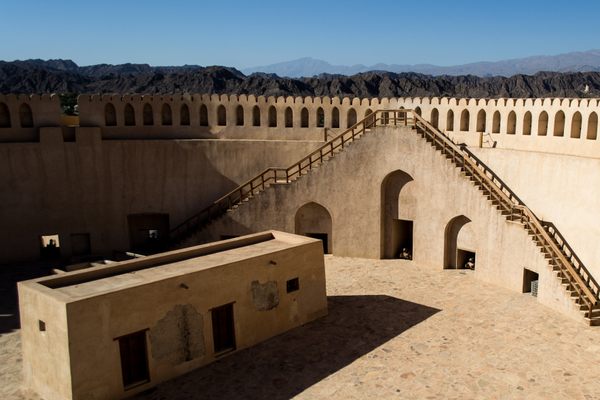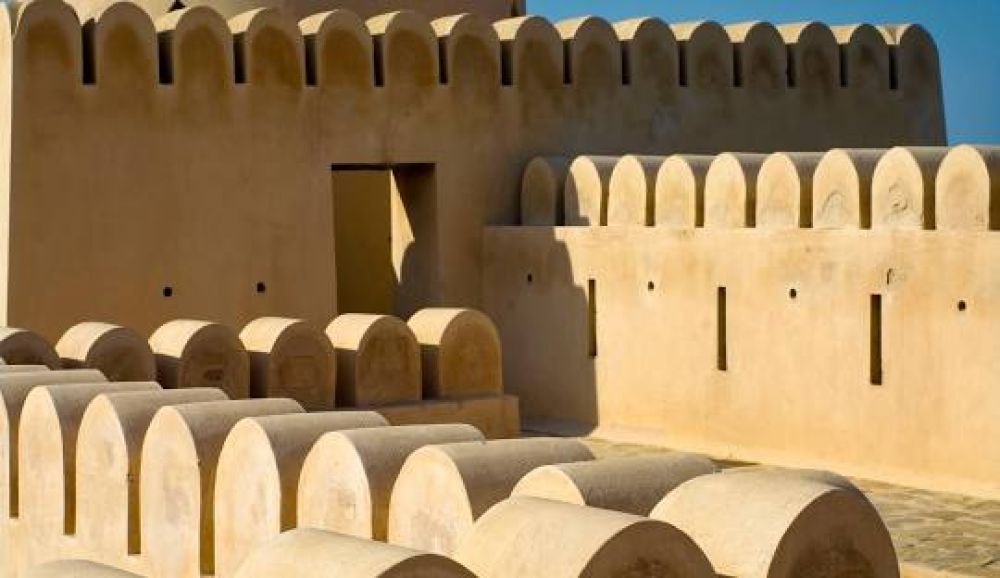Timeless Strength: Discover What Makes Omani Forts Remarkable,Oman’s fort architecture stands as a proud symbol of the nation’s rich heritage and resilient spirit. Scattered across deserts, mountains, and coastal areas, these forts are not just defensive structures they are living testimonies to Oman’s history, culture, and ingenuity. Each fort tells a story of strategic planning, artistic brilliance, and a deep connection to the land. Their unique designs make them an extraordinary experience for travelers, historians, and architecture enthusiasts alike.
Strategic Location and Purpose
One of the most striking aspects of Omani forts is their strategic positioning. Most forts are built on elevated ground, hills, or cliffs, providing panoramic views of the surrounding landscape. This was not only for defensive advantages but also to assert dominance and control over trade routes, valleys, and settlements.
The locations reflect careful planning, as the architects of the time understood the importance of surveillance, natural barriers, and accessibility. Coastal forts, for instance, were built to protect harbors and regulate maritime trade, while desert forts safeguarded caravan routes and agricultural settlements. This strategic foresight is one of the key elements that make Omani fort architecture unique.
Robust Construction Techniques
Omani forts are celebrated for their strength and durability. The builders employed traditional materials such as coral stone, mud bricks, and palm trunks, combined with innovative construction techniques. Thick walls, often several meters wide, provided protection against invasions while also insulating interiors from the harsh desert climate.
The precision in construction demonstrates a deep understanding of engineering principles, with walls that have withstood centuries of weathering and conflict. Many forts include multiple layers of defense, such as ramparts, watchtowers, and fortified gates, ensuring that they remained formidable against potential attackers.

Unique Architectural Styles
Omani forts exhibit a distinctive blend of architectural styles that combine functionality with aesthetic appeal. Unlike other forts that prioritize pure military defense, Omani forts often incorporate graceful arches, intricately carved doors, and decorative motifs that reflect Islamic art and Omani culture.
Each fort carries its own identity, influenced by regional traditions and the era of its construction. Some forts feature high towers for observation, while others have sprawling courtyards that served as administrative or residential spaces. The harmonious balance between form and function highlights the creativity and vision of Omani architects.
Intricate Interior Design
The interiors of Omani forts reveal an unexpected layer of elegance and sophistication. While exteriors project strength and authority, interiors often include beautifully designed rooms, halls, and chambers. Ceilings are sometimes adorned with wooden beams and geometric patterns, showcasing skilled craftsmanship.
Forts also included practical spaces such as kitchens, water reservoirs, and storage rooms, which were essential for sustaining life during sieges. This careful attention to both functionality and aesthetics sets Omani forts apart from many other military structures around the world.
Integration with the Natural Environment
Another remarkable feature of Omani fort architecture is its harmony with the natural environment. Builders used locally available materials and adapted designs to the climate and terrain. The use of coral stone, mud, and palm wood not only provided structural strength but also helped regulate temperature inside the fort.
Many forts are designed to blend seamlessly with rocky landscapes, giving the impression that they emerge naturally from the land. This integration reflects a profound respect for nature and demonstrates how architecture can coexist with the environment rather than dominate it.
Symbol of Power and Community
Omani forts were more than military strongholds; they were symbols of power, governance, and community cohesion. They served as administrative centers, royal residences, and hubs for local populations. The imposing presence of a fort communicated authority while also providing a sense of security and identity to nearby communities.
During times of peace, forts became cultural centers where local traditions, gatherings, and celebrations took place. This dual role as both a defensive structure and a community focal point makes Omani forts socially and historically significant.

Water Management Systems
Water scarcity was a major challenge in Oman, and the forts reflect ingenious solutions to this problem. Many forts incorporated advanced water management systems, such as underground cisterns, wells, and channels to store and distribute water efficiently.
These systems ensured that inhabitants could survive extended sieges or periods of drought. The careful planning and technical expertise involved in creating these water systems highlight the foresight and innovation of Omani builders, adding another layer of uniqueness to their architectural legacy.
Preservation and Restoration Efforts
Omani forts have survived centuries due to their strong construction, but ongoing preservation efforts have ensured their longevity. The government and local communities actively work to restore and maintain these historical structures, recognizing their cultural and touristic value.
Restoration efforts are carried out with great care to maintain authenticity, using traditional materials and techniques. Visitors today can witness the meticulous attention given to preserving these forts, which not only protects history but also allows the next generations to connect with Oman’s rich heritage.
Cultural and Touristic Significance
Omani forts are major attractions for tourists, historians, and architecture enthusiasts. They offer immersive experiences where visitors can explore ancient defense mechanisms, architectural beauty, and the historical narratives that shaped Oman.
Tourism centered around forts has helped boost local economies and promote cultural pride. Each fort tells a unique story, from legendary battles to royal residencies, allowing people to experience a tangible connection to Oman’s past. The forts stand as enduring symbols of resilience, creativity, and national identity.
Conclusion
The architecture of Omani forts is a remarkable blend of strength, beauty, and cultural significance. From their strategic locations and robust construction to intricate interiors and environmental integration, these forts reflect centuries of wisdom, innovation, and artistry.
More than mere military structures, Omani forts serve as cultural landmarks, community centers, and symbols of national pride. Their unique design and historical importance make them a treasure not only for Oman but for the world. Exploring these forts offers a journey into the heart of Omani heritage, revealing how architecture can embody power, resilience, and creativity simultaneously.
Omani forts are not just remnants of the past they are living monuments that continue to inspire admiration, curiosity, and respect. Their presence reminds us of the timeless legacy of a civilization that valued ingenuity, harmony with nature, and the power of enduring beauty.
Do follow Gulf Magazine on Instagram.
Also Read – Experience the Vibrant Traditions of Oman’s Joyful Weddings



